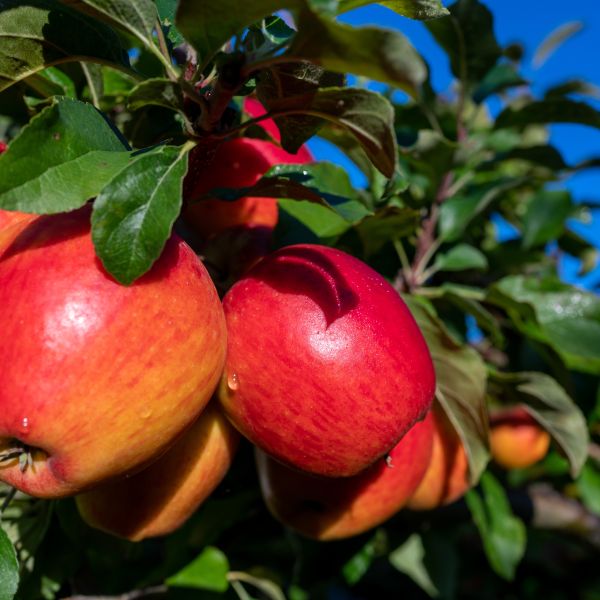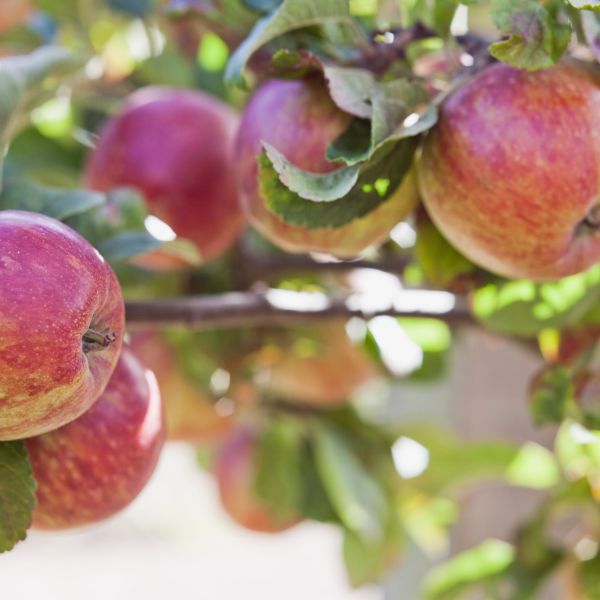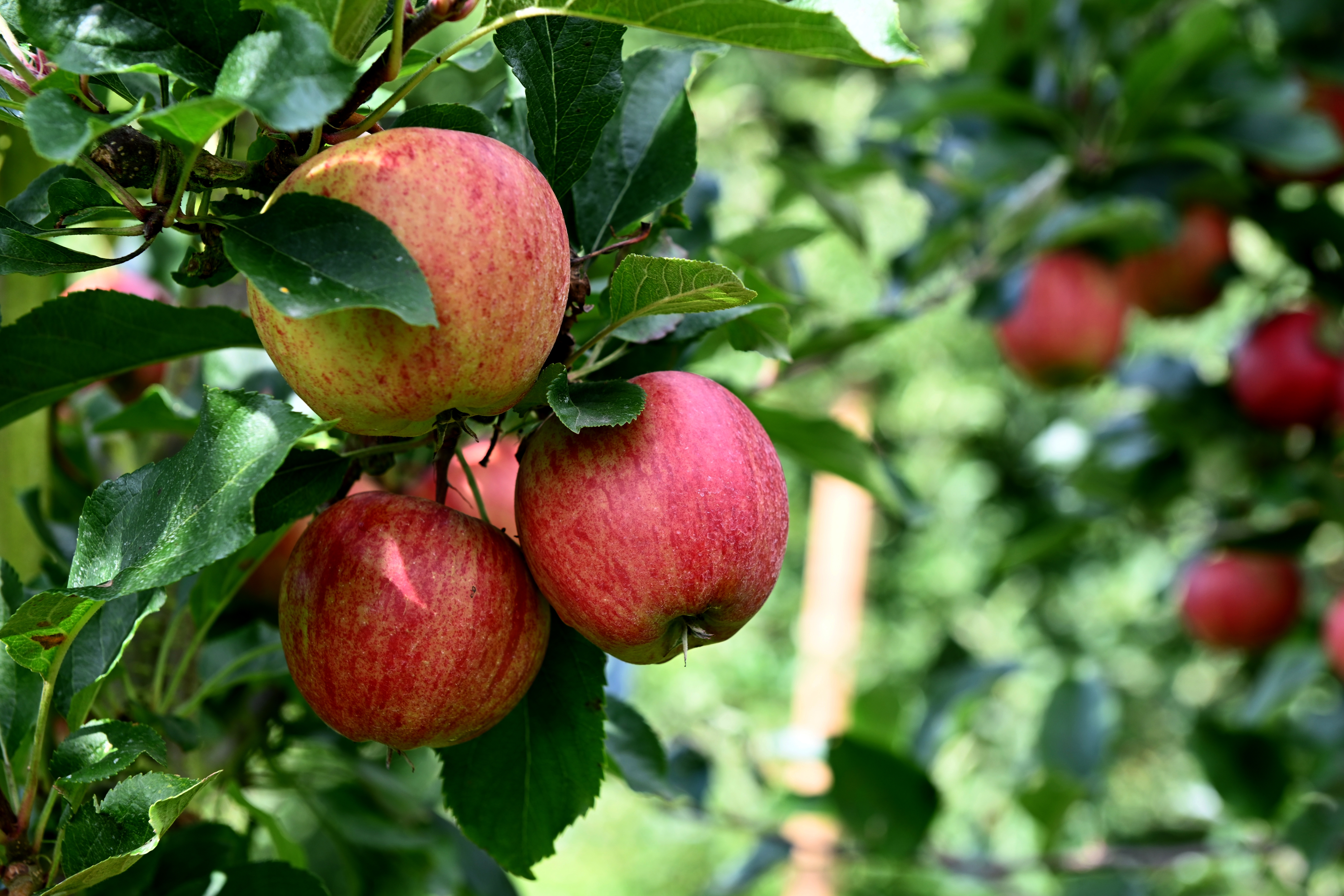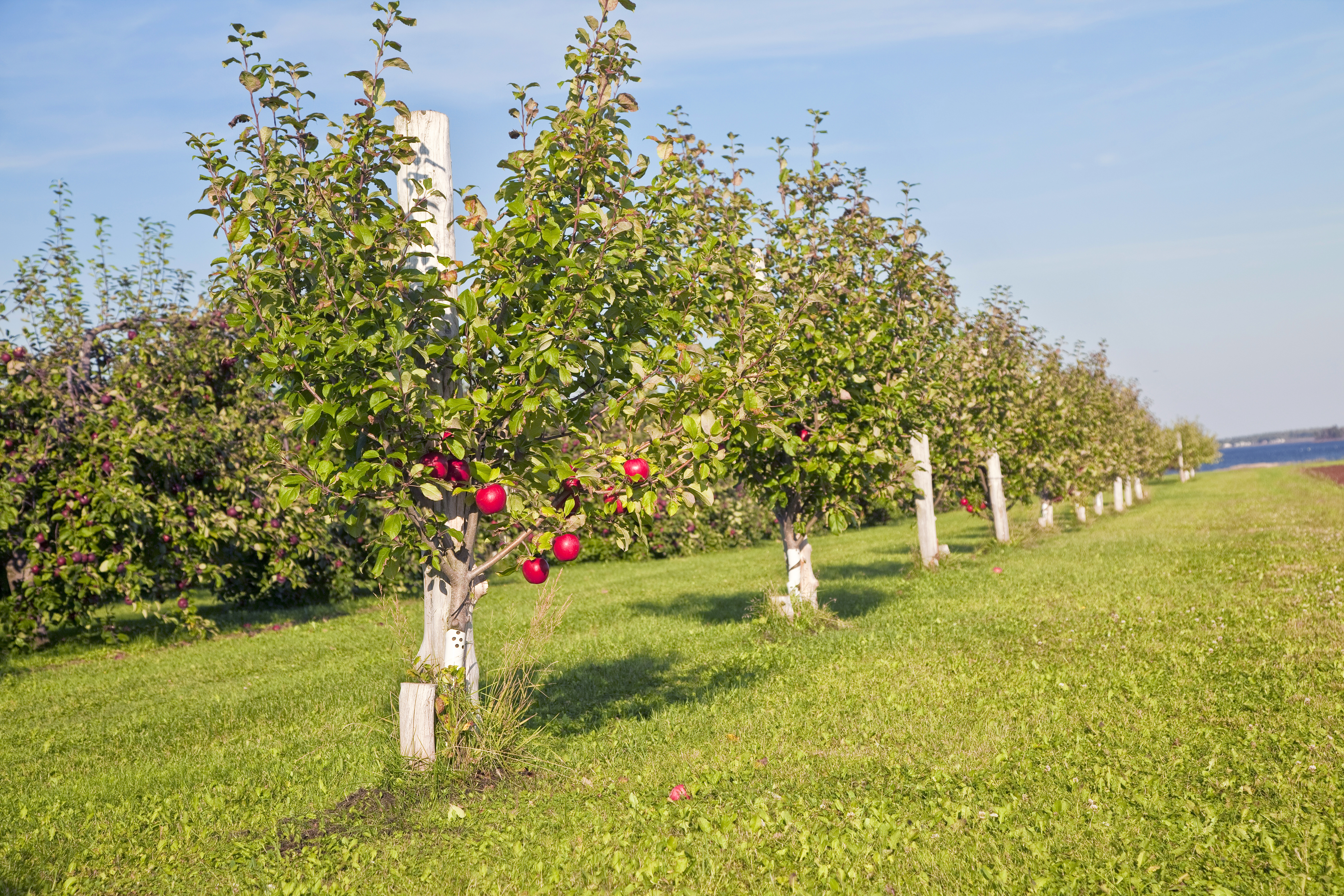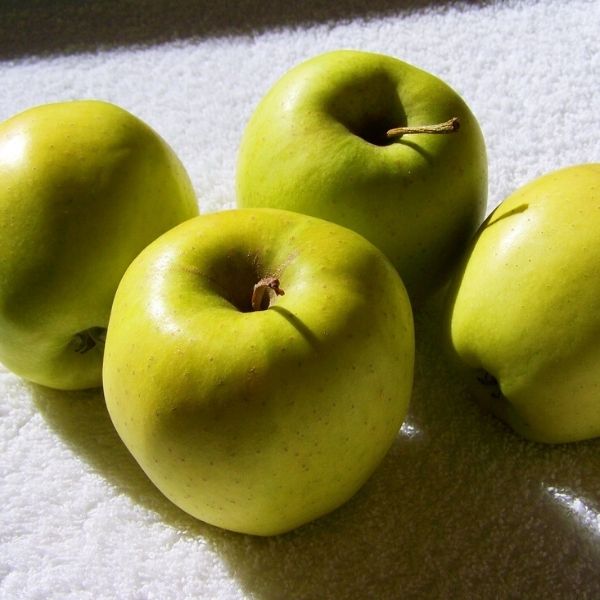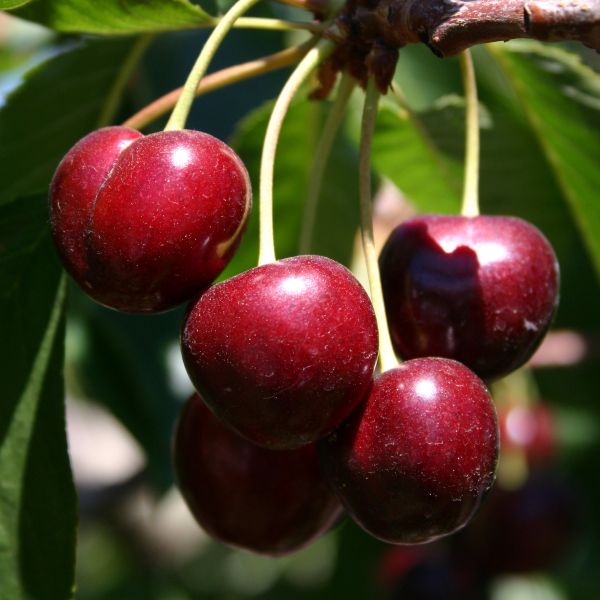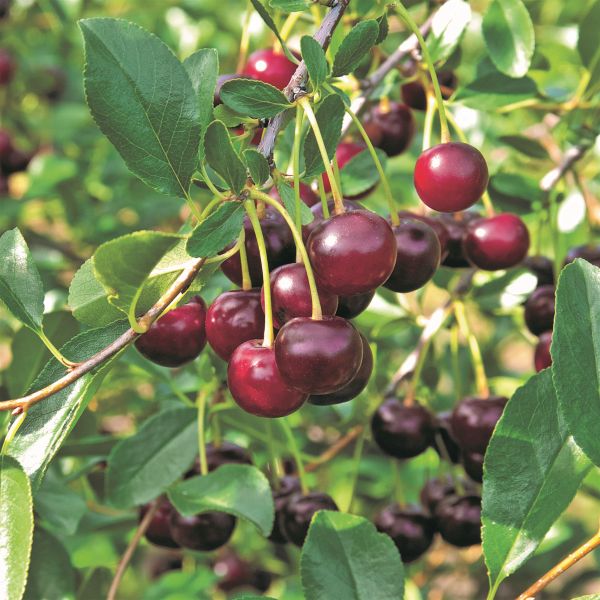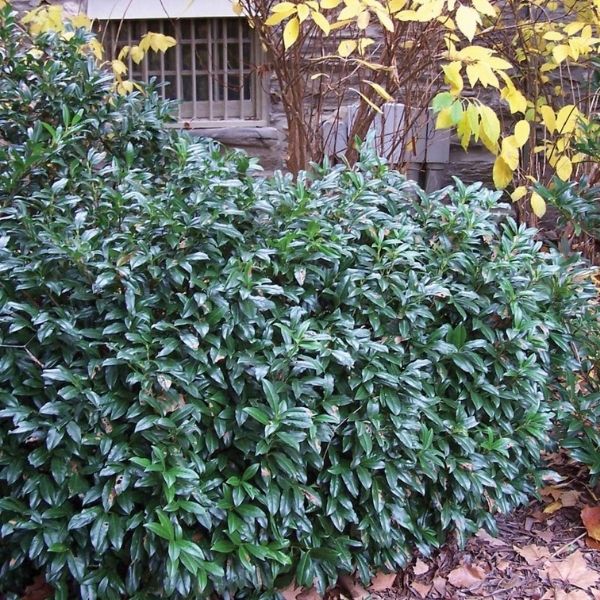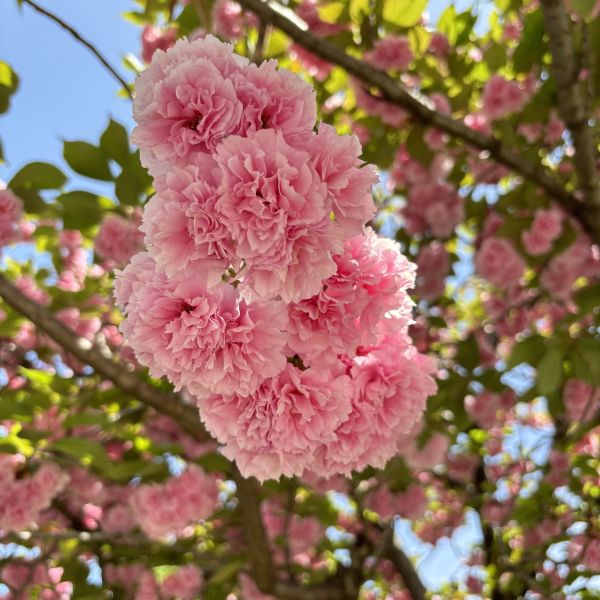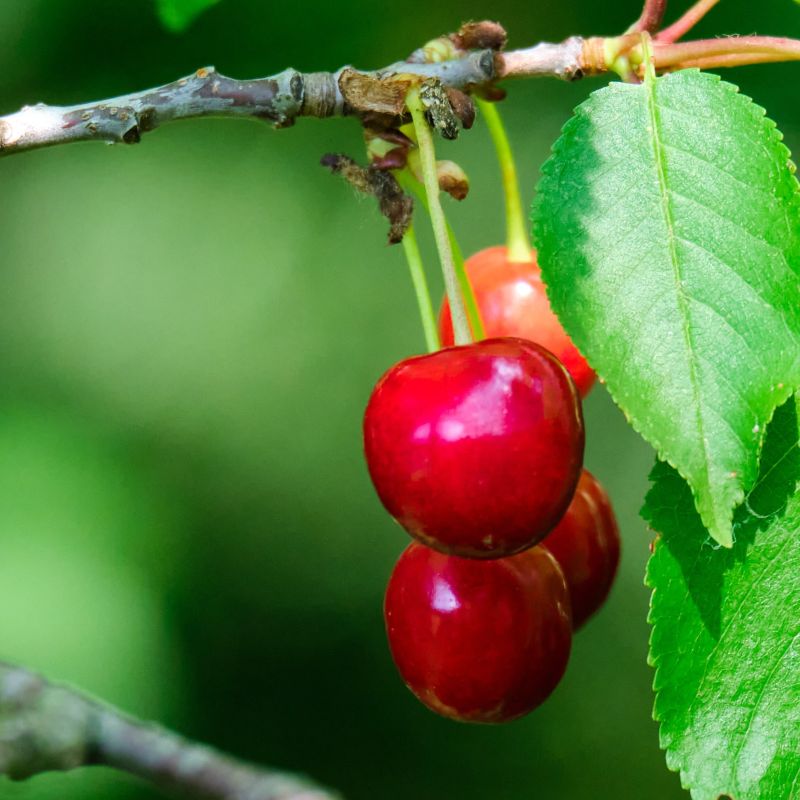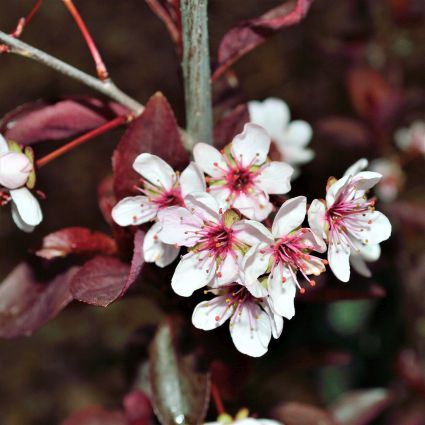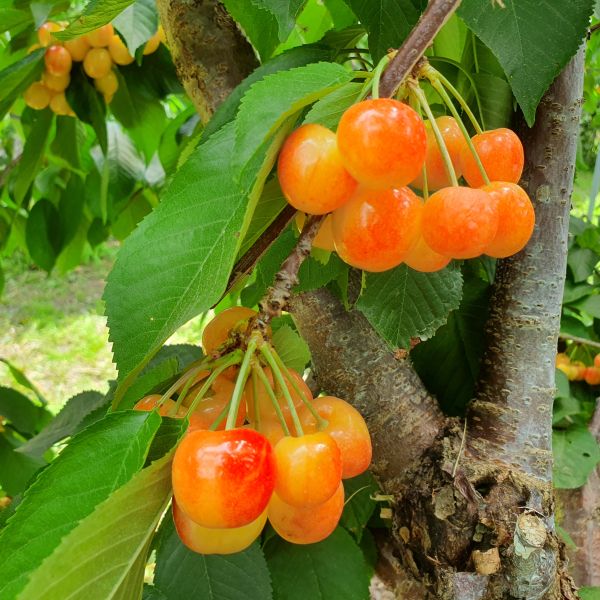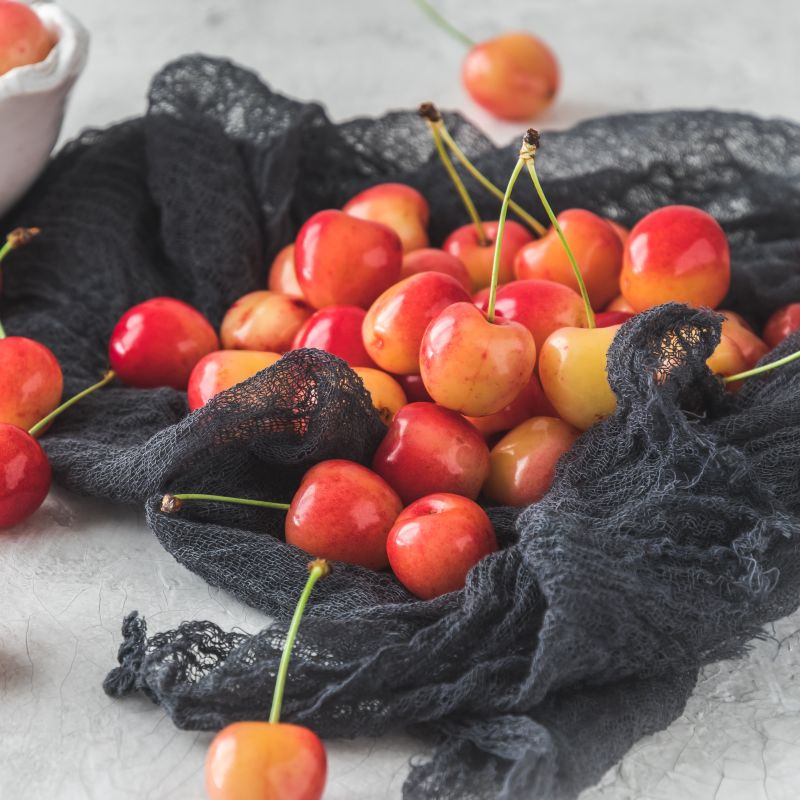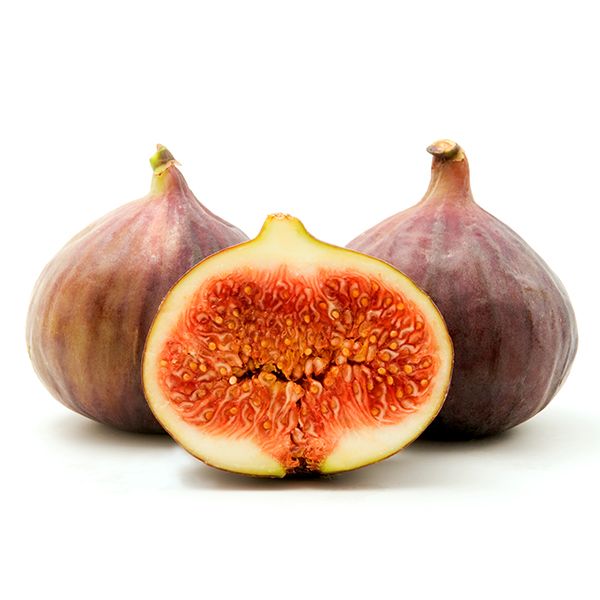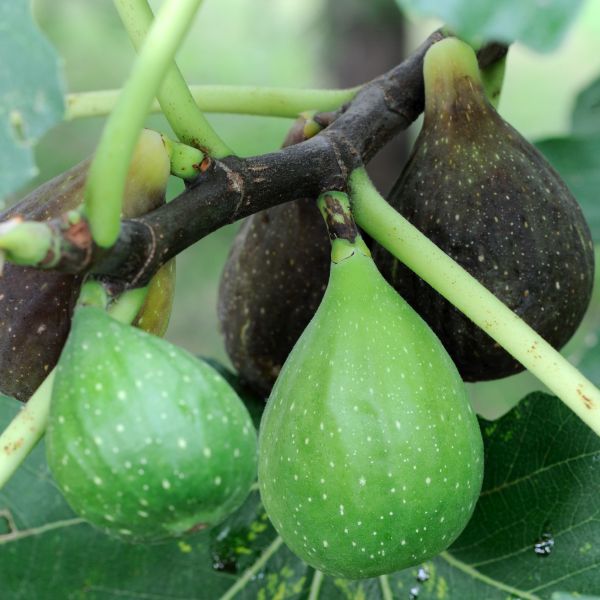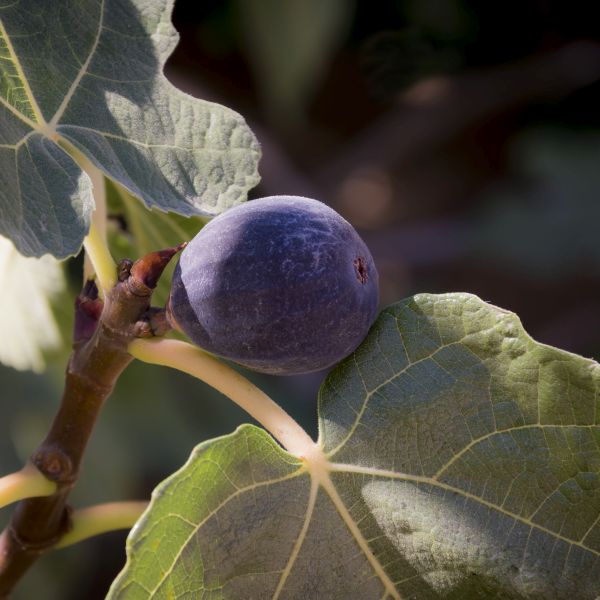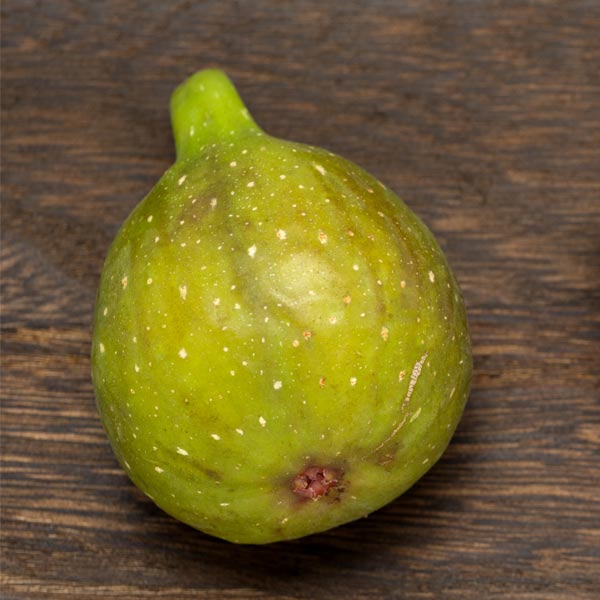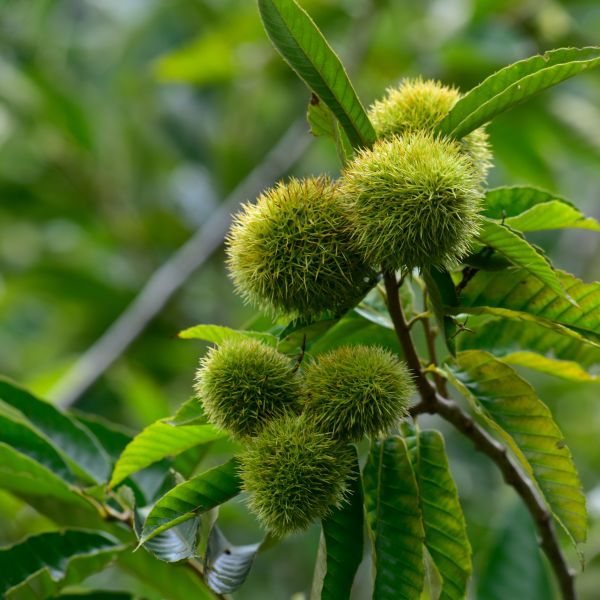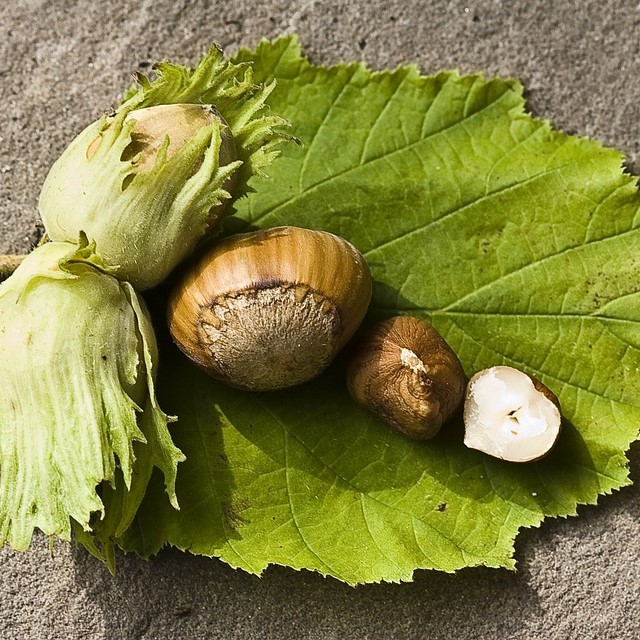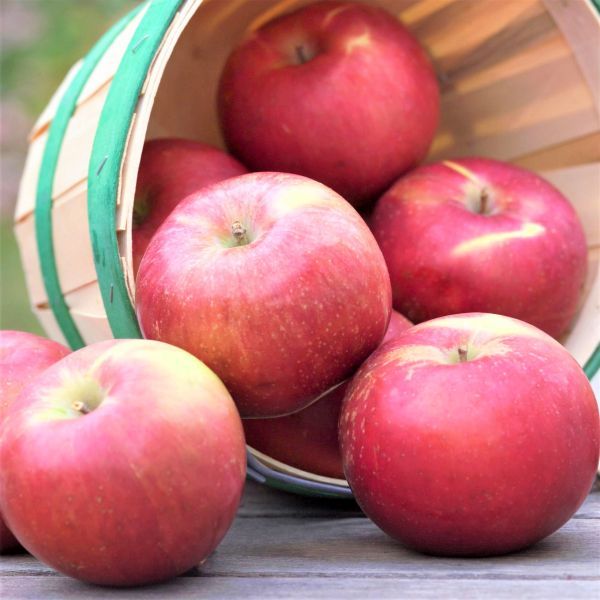
Snowsweet Apple Tree
Malus 'Wildung'
10 reviews
Snowsweet Apple Tree
Malus 'Wildung'
10 reviews
2.5 Gallon 3-4 Feet
We are sorry, product is currently out of stock due to seasonal availability. Please check the "Related plants available in your area" section below
Not just beautiful - intentionally selected by ShrubHub's 3D landscape design team to fit real-world spaces and maximize yard potential.
Why Snowsweet Apple Tree?
The Snowsweet apple tree, also known as Malus 'Wildung', is an incredibly popular variety for orchard growers. It is known for its resistance to most apple diseases, making it an excellent choice for those looking for a hardy tree. Snowsweet apples have a sweet, tangy flavor that can be described as a cross between an apple and a pear. They are perfect for fresh eating, cooking, baking, and making cider.
Related plants available in your area
Sunlight
The Snowsweet Apple Tree requires full sun exposure, meaning it should be placed in an area that receives at least 6-8 hours of direct sunlight each day.
Watering
The Snowsweet Apple Tree has a moderate watering requirement. It should be watered regularly, especially during hot and dry periods, to keep the soil consistently moist but not waterlogged.
Fertilizing
The Snowsweet Apple Tree requires a balanced fertilizer with a ratio of nitrogen, phosphorus, and potassium such as 10-10-10. It is best to follow the specific fertilizer application instructions provided by the tree's manufacturer or consult a professiona
Snowsweet Apple Tree: Embrace the Winter's Delight
Step into a world of winter enchantment with the Snowsweet Apple Tree. This extraordinary tree combines the magic of snowy landscapes with the sweet and crisp flavors of its delightful apples. Prepare to embark on a journey of culinary delights and embrace the unique charm that this tree brings to your orchard.
A Winter Wonderland in Your Orchard
The Snowsweet Apple Tree transforms your orchard into a breathtaking winter wonderland. Picture branches gracefully adorned with snow-white blossoms, creating a stunning contrast against the backdrop of frost-kissed green leaves. The fragrant flowers attract pollinators, adding an extra touch of magic to your outdoor space. Immerse yourself in the beauty of nature and let the Snowsweet Apple Tree transport you to a snowy paradise.
Abundance in the Chilly Season
Experience the joy of abundant harvests, even during the chilly winter season. The Snowsweet Apple Tree is known for its ability to withstand cold temperatures and produce a plentiful crop of apples, defying the harshness of winter. The tree's resilience ensures that you'll have an abundance of juicy apples to enjoy during the colder months, bringing warmth and cheer to your home.
Cold-Weather Resilience
The Snowsweet Apple Tree is specially bred to thrive in colder climates. Its hardiness allows it to withstand freezing temperatures and still produce exceptional fruit. With proper care and protection, this tree will continue to flourish, providing you with a source of fresh, flavorful apples even in the most frigid winters. Embrace the beauty of the Snowsweet Apple Tree's resilience and let it inspire you to face the winter season with grace.
Plant Information:
| Botanical Name: | Malus 'Wildung' |
| USDA Zones: | 4 - 7 |
| Water: | Moderate |
| Exposure: | Full Sun |
| Soil Needs: | Well Drained |
| Mature Height: | Semi-Dwarf: 12-18 feet | Standard: 18-25 feet |
| Mature Spread: | Semi-Dwarf: 10-15 feet | Standard: 15-18 feet |





Pollination Info
Pollination Info for Snowsweet Apple Tree (Malus 'Wildung')
- The Snowsweet apple tree is self-sterile, which means it needs a pollination partner from a different apple variety to produce fruit.
- For best pollination and fruit set, plant a compatible apple tree as a pollinator nearby.
- Recommended pollinators for the Snowsweet apple tree include Honeycrisp, Golden Delicious, Jonagold, Liberty, and Red Rome.
- It is important to note that not all apple varieties are compatible with each other, so make sure to check for compatibility before planting.
- Bees and other pollinators are essential for apple pollination. Planting flowers and providing nesting sites can help attract and support these important pollinators.
FAQ
FAQ for Snowsweet Apple Tree (Malus 'Wildung')
What is the Snowsweet Apple Tree?
The Snowsweet Apple Tree is a variety of apple tree (Malus) known for its crisp, sweet fruit. It was developed through breeding programs at the University of Minnesota and released in 2006.What are the characteristics of the Snowsweet Apple Tree?
The Snowsweet Apple Tree is a medium-sized tree that reaches a height of 10-12 feet at maturity. It has a spreading, upright growth habit that requires minimal pruning. The tree produces large, round, red-skinned apples with a sweet, juicy flesh.When does the Snowsweet Apple Tree bear fruit?
The Snowsweet Apple Tree typically begins to bear fruit in its third or fourth year of growth. The fruit ripens in late September to early October.What are the growing requirements for the Snowsweet Apple Tree?
The Snowsweet Apple Tree prefers full sun and well-drained soil. It is cold-hardy and can withstand temperatures as low as -40°F. It is resistant to common apple diseases such as apple scab and fire blight.How do I care for my Snowsweet Apple Tree?
To care for your Snowsweet Apple Tree, water it regularly during the growing season and fertilize it once a year in the spring. Prune the tree during the dormant season to remove dead or damaged wood and shape the tree as desired.How do I harvest and store Snowsweet Apples?
Snowsweet Apples should be harvested when they are fully ripe and the starch content has converted to sugar. The fruit should be firm and free of bruises or blemishes. Store the apples in a cool, dry place with good air circulation to prevent decay.Planting & Care
Planting Snowsweet Apple Tree
- Choose a site that receives full sun and has well-drained soil.
- Dig a hole that is twice as wide as the root ball, and deep enough so that the graft union will be 2-3 inches above the soil line.
- Add compost or other organic matter to the soil if it is poor or heavy clay.
- Remove any broken or damaged roots from the root ball.
- Place the tree in the hole and backfill with soil, tamping it down gently as you go.
- Water thoroughly and add a layer of mulch around the base of the tree, but avoid mulching directly against the trunk.
- Install a stake or other support to prevent the tree from leaning, if needed.
Caring for Snowsweet Apple Tree
- Water the tree regularly, especially during dry spells, making sure the soil stays evenly moist. Avoid getting water on the foliage or flowers.
- Fertilize in early spring with a balanced fertilizer or compost. Avoid over-fertilizing, which can lead to excessive growth and reduced fruit production.
- Prune in late winter or early spring to remove any dead, damaged, or diseased wood, as well as any crowded or crossing branches. Thin out excess growth to improve air flow and sunlight penetration.
- Monitor for pests and diseases, such as apple scab, powdery mildew, and aphids. Treat as needed with appropriate measures.
- Harvest the fruit when it is fully ripe, usually in mid to late fall. Store in a cool, dry place.
Check Out These Verified Customer Reviews:
Customer Reviews
4.7 out of 5 based on 10 reviews
Thank you! Your review has been submitted.
The apples are delicious and sweet.
I recently ordered a Snowsweet Apple Tree from this website and was pleased with the overall experience. The tree arrived promptly and in good condition. Customer service was also helpful when I had a question. Would recommend.
Beautiful apple tree, healthy and thriving.
Item has been added to your cart.



